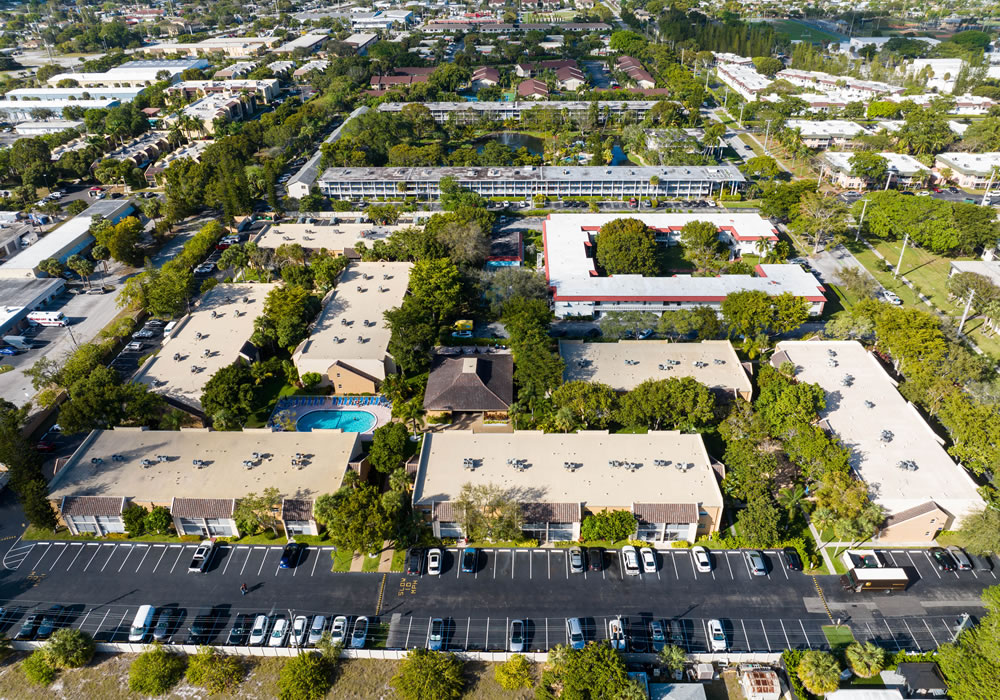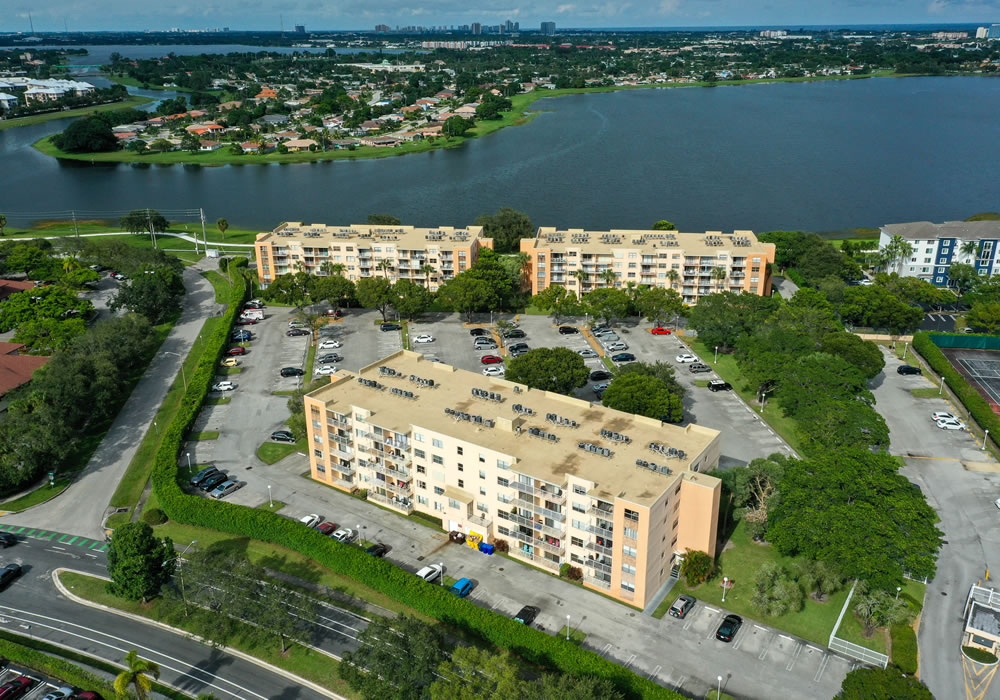Home » Spray Foam Roofing
Spray Foam Roofing
Spray Foam Roofing
“High-Performance Spray Polyurethane Foam Roofing for Long-Term Protection”
Spray foam provides superior insulation, energy efficiency, and a seamless protective barrier. It is highly effective for preventing air leaks and moisture infiltration, reducing cooling and heating costs. Perfect for flat roofs or low-sloped structures, it also supports eco-friendly building practices by reducing energy consumption. With minimal maintenance, it’s the go-to solution for energy-conscious property owners seeking weather-resistant roofing and energy-efficient roofing solutions.
Benefits of Spray Polyurethane Foam Roofing
- Energy Efficiency: Helps in reducing heating and cooling costs by offering superior insulation.
- Durability: Lasts over 50 years with proper maintenance, providing long-term roof protection.
- Seamless Installation: Offers a seamless roofing solution with no joints or seams, preventing leaks.
- Eco-Friendly: Reduces waste and has a minimal environmental footprint.


Client FAQs
How much does a spray foam roof cost?
The cost of a spray foam roof can vary significantly based on several factors:
- Existing Roof System: The type and condition of the current roof system play a crucial role. If the roof requires extensive preparation, such as cleaning, repairs, or removal of old materials, these additional steps will increase the overall cost.
- Roof Size: Larger roofs require more spray foam material and labor, which directly impacts the cost. For example, the cost per square foot typically decreases for larger projects due to economies of scale.
- Foam Thickness and Density: The thickness of the spray foam layer and its density determine the insulation level (R-value). Higher R-values provide better energy efficiency but may require more material, increasing the cost.
- Warranty Length: Longer warranties often come with higher upfront costs, as they reflect the durability and quality of the materials used.
- Additional Features: Factors such as the need for topcoat layers, UV protection, or granules for traction can also affect the price.
- Labor Costs: Installation labor costs vary depending on the complexity of the roof and the expertise of the contractor.
How long does a spray foam roof last?
A spray foam roof has the potential to last indefinitely when maintained properly. The longevity of the roof depends heavily on the protective elastomeric coating applied over the foam. This coating serves several critical functions:
- UV Protection: The elastomeric coating shields the foam from harmful ultraviolet (UV) rays. Without this protection, prolonged exposure to sunlight can cause the foam to degrade and lose its effectiveness.
- Weather Resistance: The coating also acts as a barrier against harsh weather conditions, such as rain, hail, and wind. It prevents water penetration and helps the roof withstand the elements over time.
- Renewability: One of the advantages of spray foam roofing is the ability to renew the protective coating every 10– 20years. Reapplying the elastomeric coating ensures continued durability, resilience, and insulation performance, effectively extending the roof’s lifespan indefinitely.
What maintenance does a spray foam roof require?
Regular inspections and maintenance, such as checking for signs of wear or damage and promptly addressing any issues, are essential for maximizing the roof’s lifespan. When cared for properly, spray foam roofs can provide decades of reliable service while maintaining energy efficiency and structural integrity. Let me know if you’d like more insights!
Can spray foam be installed over my existing roof?
Absolutely! Spray foam roofing is highly versatile and can be installed directly over a wide range of existing roofing materials, including:
- Metal Roofs: Spray foam adheres seamlessly to metal, filling gaps and providing a watertight seal. It also offers excellent insulation, reducing heat transfer and energy costs.
- Single-Ply Roofs (TPO, EPDM, PVC): Spray foam bonds effectively to single-ply membranes, enhancing the roof’s durability and adding an additional layer of protection against leaks.
- Built-Up Roofs: For traditional built-up roofing systems, spray foam can be applied to improve energy efficiency and eliminate areas prone to water pooling.
- Modified Bitumen: Spray foam can be installed over modified bitumen roofs, creating a smooth surface and adding insulation while maintaining the existing structure.
Before application, thorough preparation is essential. This includes cleaning the surface, repairing any damage, and ensuring a suitable substrate for the foam to adhere to. In addition to improving insulation and durability, spray foam roofing can prolong the lifespan of your current roof and eliminate the need for costly tear-offs. Let me know if you’d like more details or tips for installation!
Are there weather restrictions for installing a spray foam roof?
Weather restrictions are indeed an important consideration for spray foam roofing installations. Several factors can impact the success of the application:
- Temperature Requirements: Spray foam should only be applied when the ambient temperature is at least 50 degrees Fahrenheit. Lower temperatures can compromise the chemical reaction that allows the foam to expand and adhere properly. If temperatures are too cold, the foam may not cure correctly, leading to suboptimal performance.
- Surface Conditions: The surface must be free of ice, frost, moisture, or debris. Any moisture on the roof can prevent the foam from bonding effectively, resulting in issues like uneven application or reduced durability. Thorough cleaning and drying of the roof surface are essential before starting the installation.
- Rain and Humidity: Rain or excessive humidity can interfere with the application process. Wet conditions can cause the foam to collapse or fail to adhere. Therefore, spray foam installation should be scheduled during dry weather to ensure optimal results.
- Wind Speed: High winds can affect the spray foam application, causing overspray or uneven distribution. Ideally, the installation should take place on calm days with manageable wind speeds to ensure precision and consistency.
- Seasonal Planning: In colder regions, spray foam roofing is often scheduled during warmer months when weather conditions are more favorable. If installation must occur during cooler seasons, contractors may use heaters or other methods to maintain appropriate temperatures on the roof surface.
By carefully monitoring weather conditions and adhering to these requirements, contractors can ensure a successful and durable spray foam roofing installation. Let me know if you’d like more insights on this process!
